Soil Science
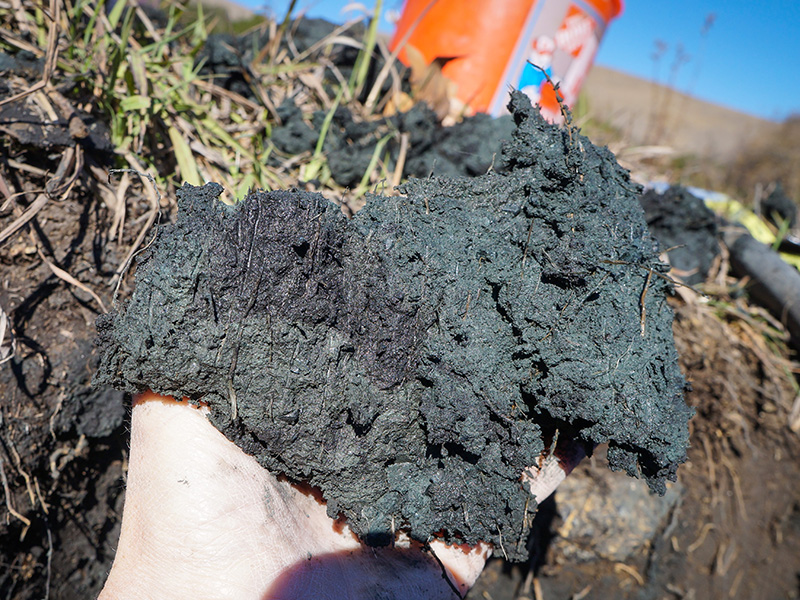
When it comes to soils, proper identification is key. Identification allows scientists to determine the story behind the soil: how it formed, how it behaves in different scenarios, and how valuable it may be to certain plants and animals.

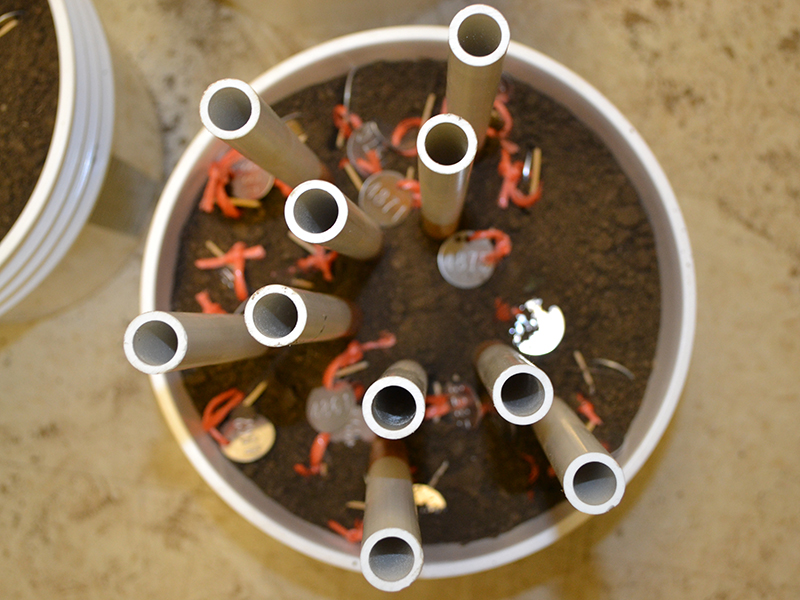
Stand outside and look underneath your feet. There, perhaps under some grass, is the soil. On a dry day, all the spaces in the soil are filled with air. And some distance further down, those spaces are entirely water. So, what’s in between?
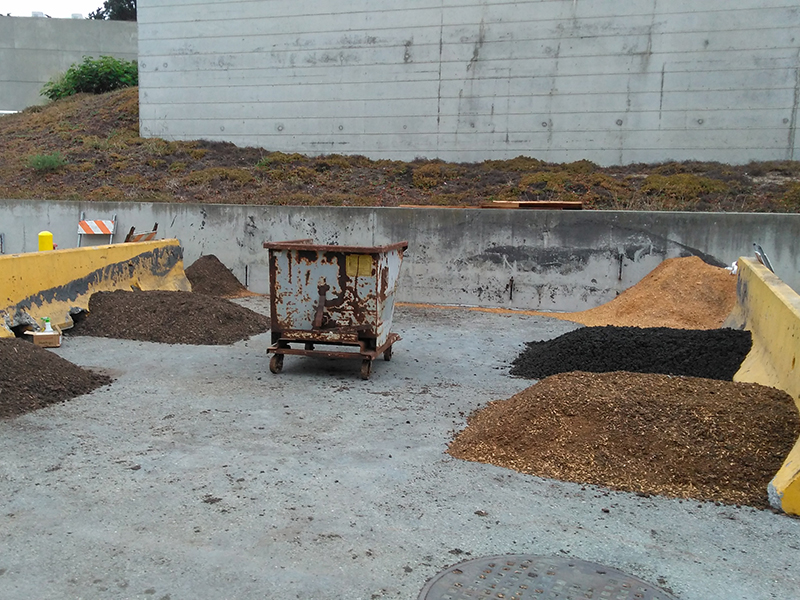
What goes down the drains can be used to make things grow.
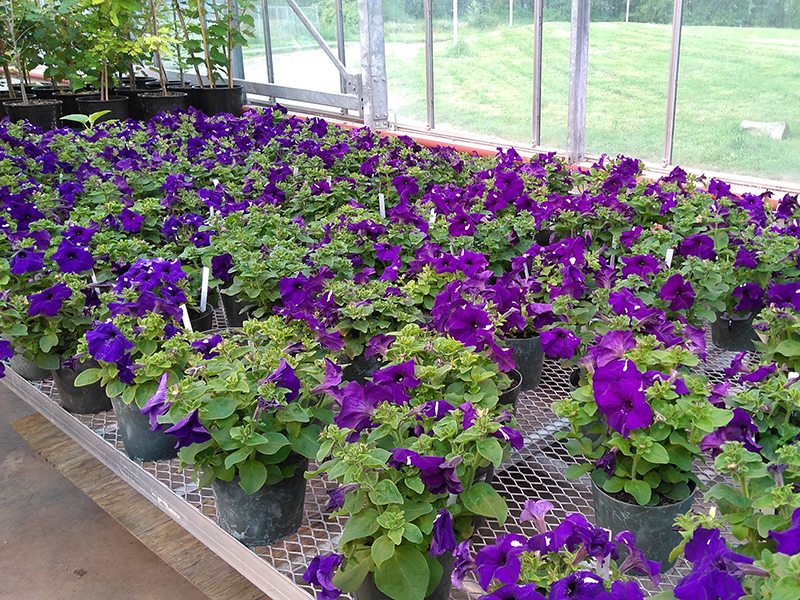
Sewage sludge – carefully treated to make it safe – is used often in agriculture. Now, researchers are testing these materials, called biosolids, for use in urban settings.
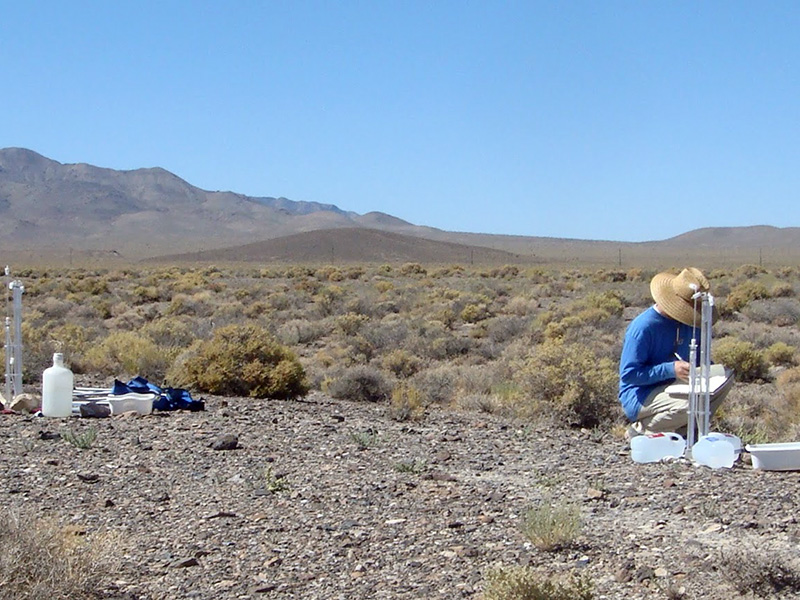
Soils in deserts are very different from those found anywhere else. Extreme temperatures, little water and limited plant matter make an unusual environment. With little dead plant material to decompose and create a rich layer of organic matter, desert soils are unique.

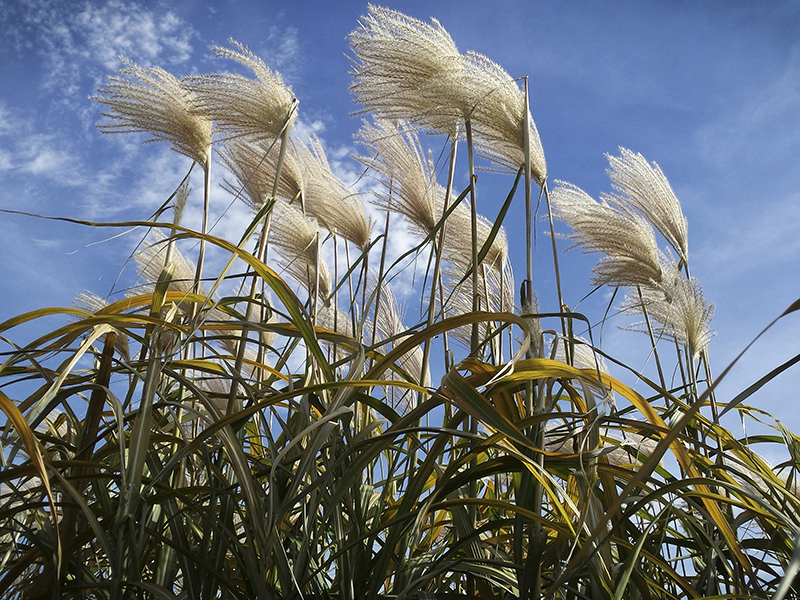
In many regions of the world, farming must be done on areas of soil categorized as histosols. Histosols have a thick layer of rich organic matter, called peat.
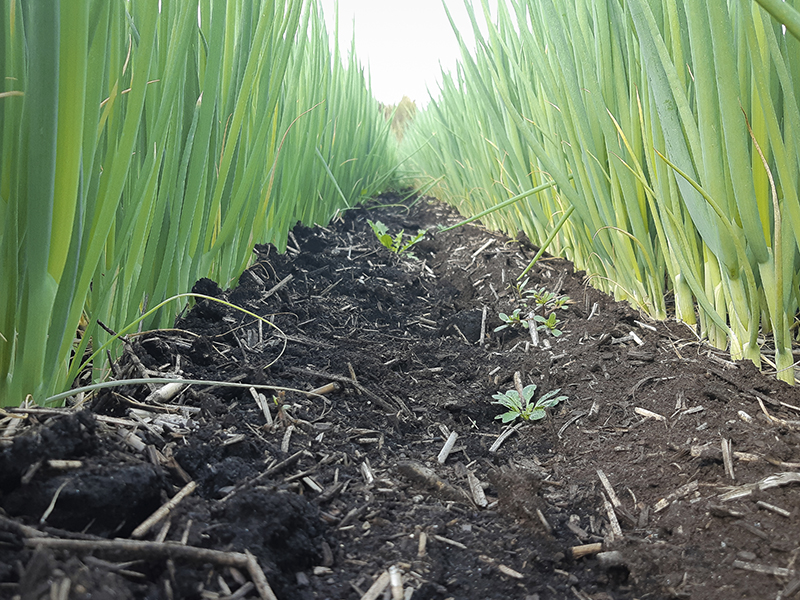
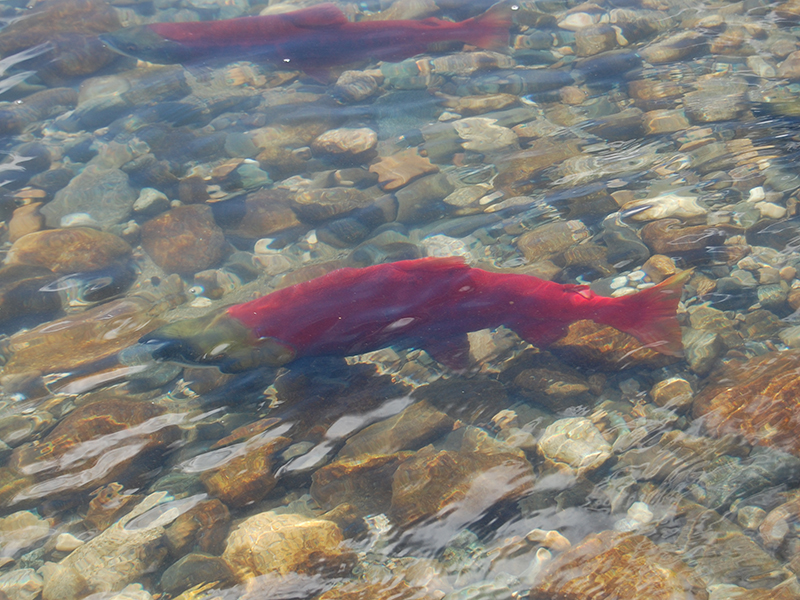
Adult Pacific salmon spend a great portion of their life in the ocean. But their life began along the banks of freshwater streams. Their life will end there, as well. These important steps in the lifecycle of salmon play a role in the health of streambank ecosystems.

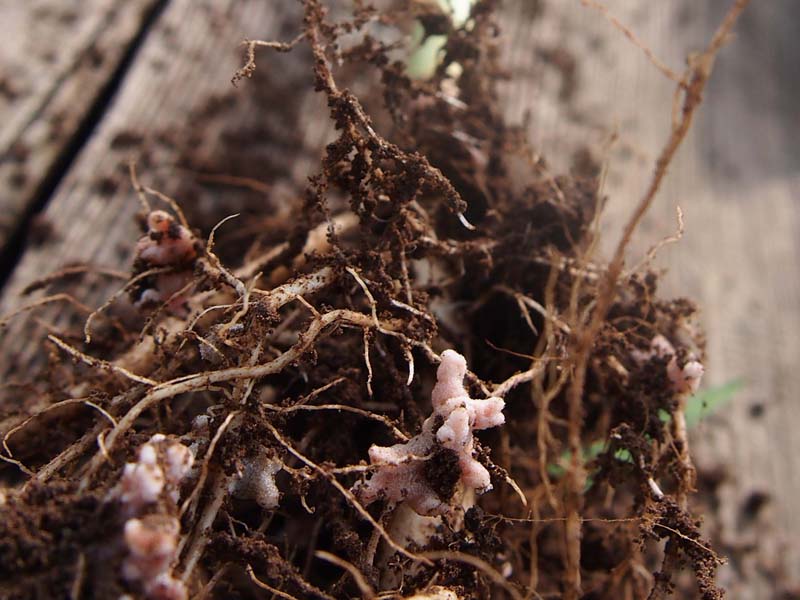
Under our feet, in the soil, is a wealth of microbial activity. Just like humans have different metabolisms and food choices, so do those microbes. In fact, microbes play an important role in making nutrients available to plants.
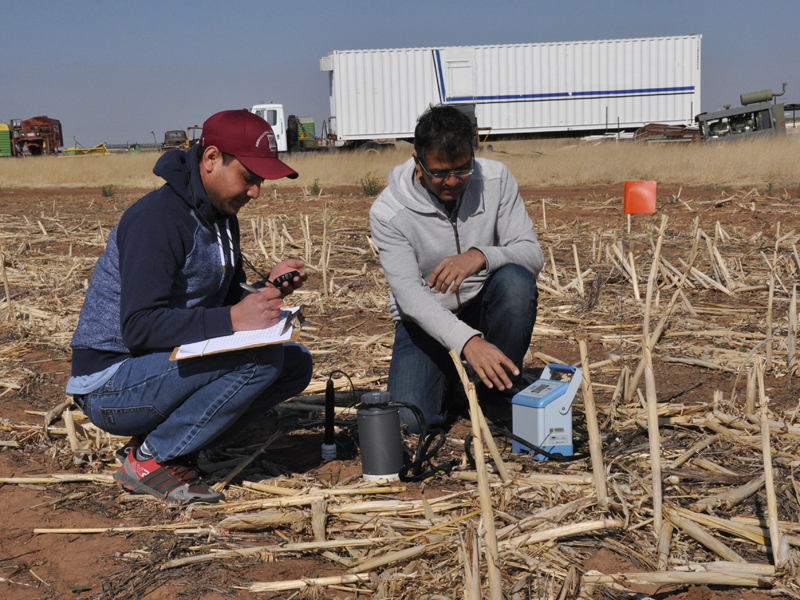
The Southern High Plains of the United States have low annual rainfall. When it does rain, though, intense storms can cause severe soil erosion. Strong winds also strip away valuable topsoil.
Enter cover crops.
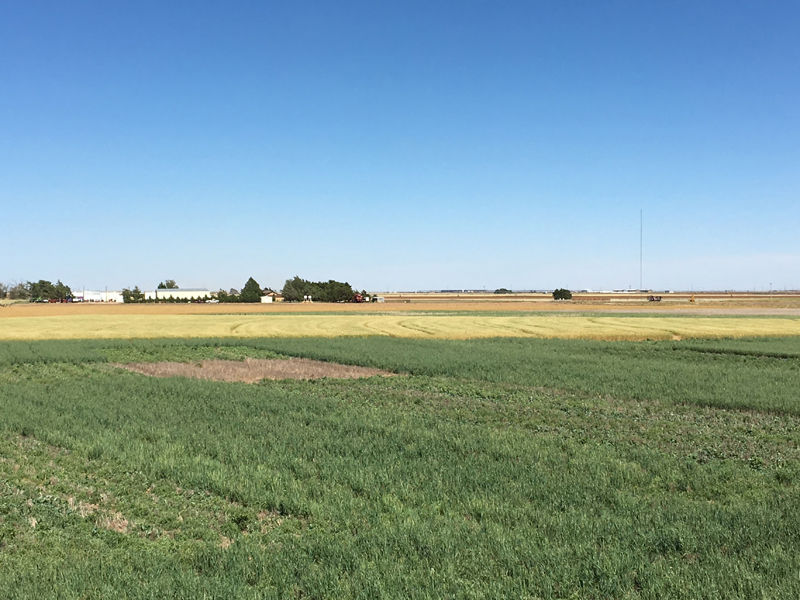
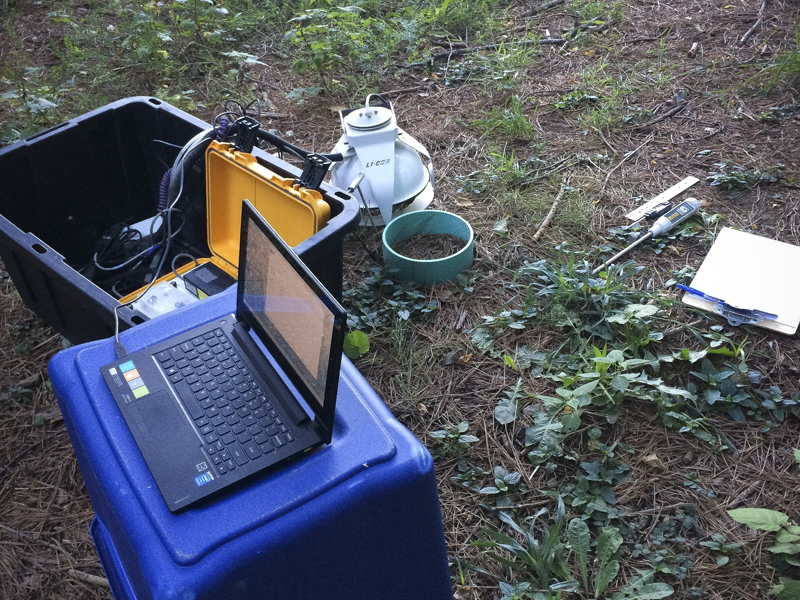
Doctors often tell their patients to reduce their salt intake as part of a healthy lifestyle. When we start looking at food labels, we may find salt in surprising places – like baked goods, drinks and canned foods.
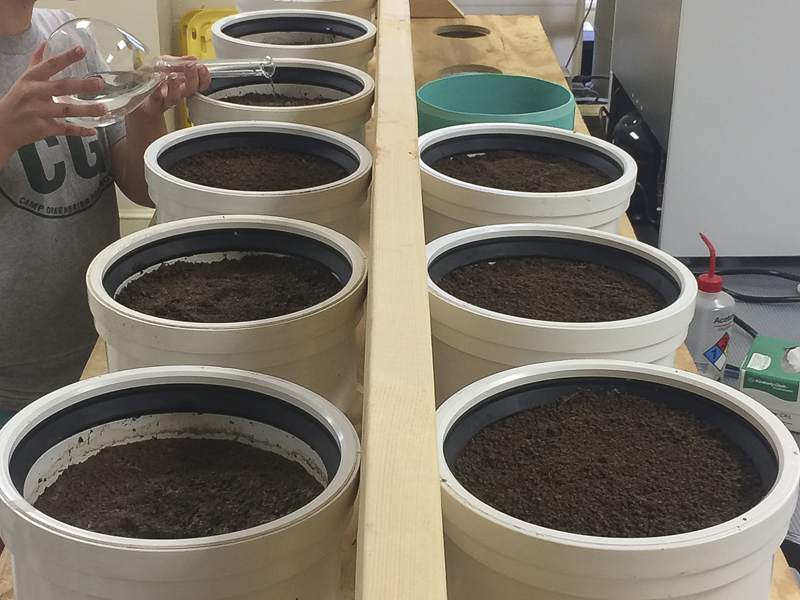
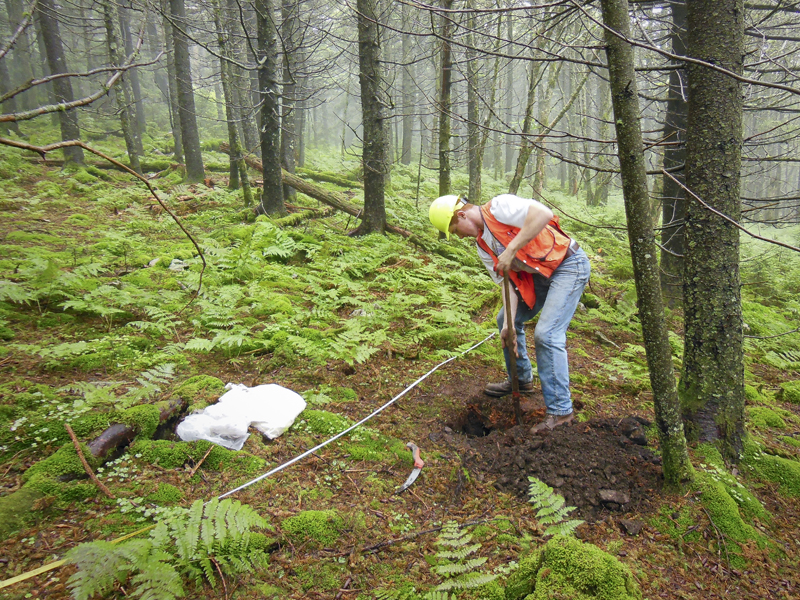
Before the United States 1970 Clean Air Act, rainfall all over the country was acidic. As precipitation would fall from the sky, it would mix with gases from industrial plants, emissions from cars, and especially coal and fossil fuel consumption. That caused the water to become acidic – also called “acid rain.”
